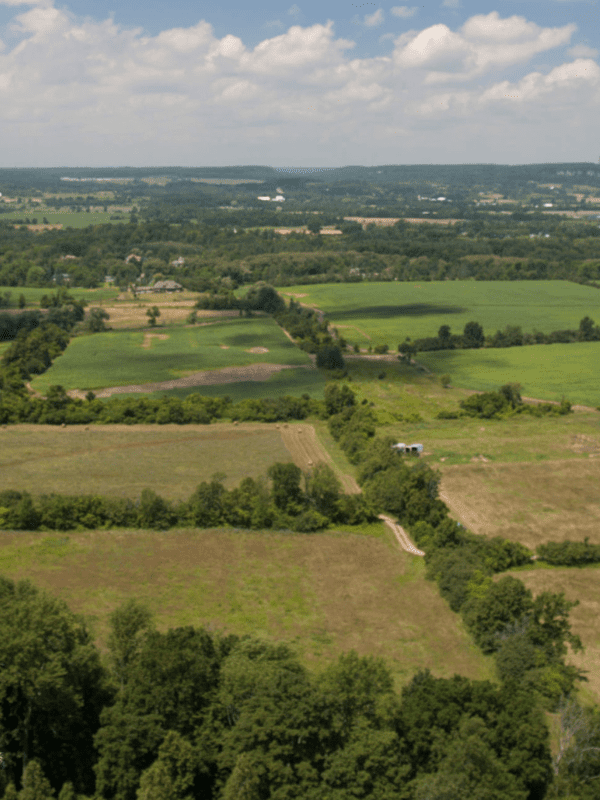Statement from Phil Pothen, Land Use and Land Development program manager, on new federal Recovery Strategy
Toronto | Traditional territories of the Mississaugas of the Credit, the Anishinaabeg, the Haudenosaunee, and the Wendat – New federal protections for an endangered fish may pose an insurmountable obstacle to the Ontario government’s plans to build a massive new highway north of the GTA that will inevitably result in significant forest and wetland losses to greenfield sprawl.
The Recovery Strategy and Action Plan for the Redside Dace (Clinostomus elongatus) in Canada, which came into force on Monday, identifies many streams and tributaries within three river watersheds along the proposed Highway 413 route as Critical Habitat that must be protected for the species’ survival. Although Ontario’s government has been able to gut or circumvent many of the provincial environmental, public safety and wildlife protections that would ordinarily prohibit the 413, the text of Canada’s constitution puts protecting fish species and their habitat squarely within federal jurisdiction.
This new Recovery Strategy and its official recognition of the critical redside dace habitat along the proposed highway’s route will further enable Environment and Climate Change Minister Steven Guilbeault to designate a federal impact assessment of Highway 413.
Fortunately, this year’s federal budget restored the minister’s power to designate impact assessments for projects with potential impacts that fall clearly within federal jurisdiction. Canada’s constitution explicitly gives the federal government jurisdiction regarding “inland” fish, so the recognition of waterways along the Highway 413’s impact area as redside dace Critical Habitat makes the case for a federal assessment designation unassailable.
Separately, recognition of these streams as Critical Habitat means that construction companies – and the provincial government itself – are prohibited from doing anything directly to them that would destroy any of their value as habitat for the species. That would require permission from the federal government. That means that it will be up to the federal government, which has presented itself as a defender of the environment, to decide whether the Highway 413 proposal can proceed.
ABOUT ENVIRONMENTAL DEFENCE (environmentaldefence.ca): Environmental Defence is a leading Canadian environmental advocacy organization that works with government, industry, and individuals to defend clean water, a safe climate, and healthy communities.
– 30 –
For more information or to request an interview, please contact:
Carolyn Townend, Environmental Defence, media@environmentaldefence.ca







